
The Birth of the Universe
By Storybird

10 Sep, 2023
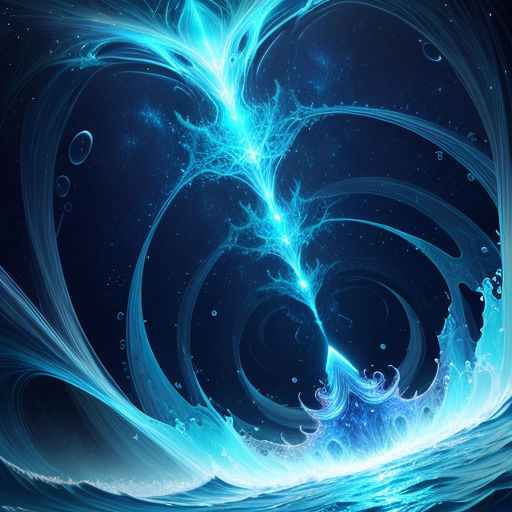
Long ago, before the realm of time and space, there was unending darkness. In this perennial obscurity, there existed an eternal entity, the Primeval Waters.
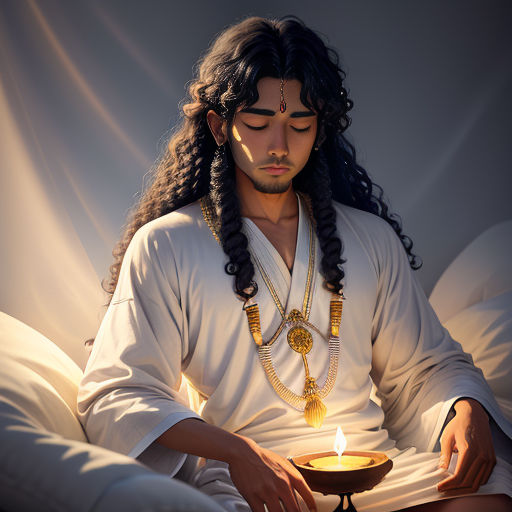
Amid this formless expanse, slept a divine entity; named Narayana, who was the essence of all beings.
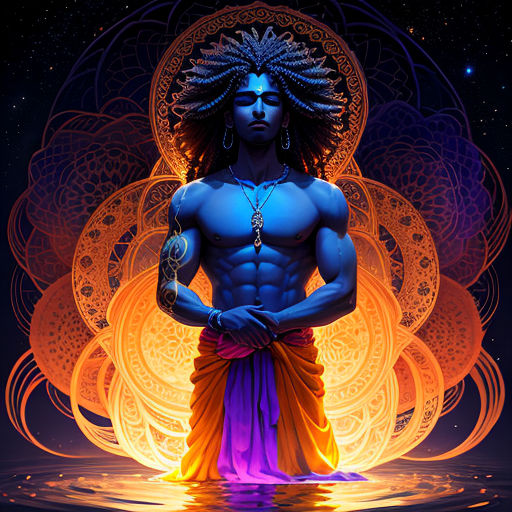
In the serene silence, the mighty Lord Narayana awoke and saw the darkness around him. His awakening symbolized the dawn of a new era, the beginning of creation.
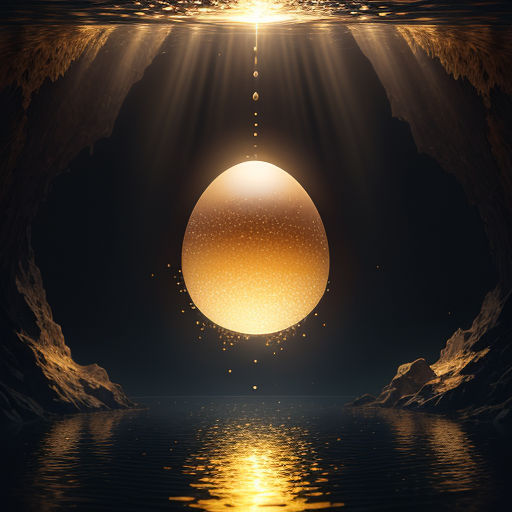
From the depths of the Primeval Waters, a radiant golden egg emerged. It was a symbol of life, a harbinger of the universe that was about to be born.
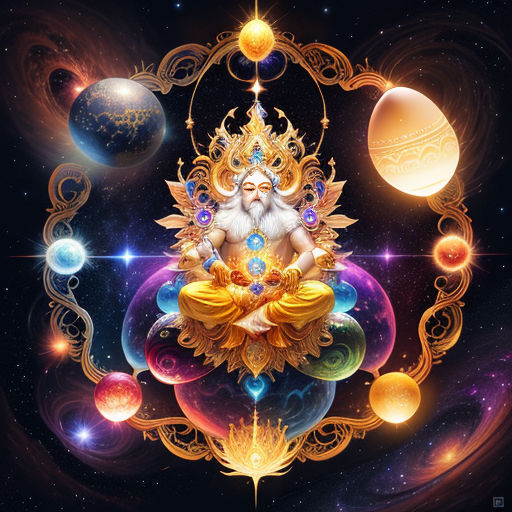
Within the luminous egg, Lord Narayana took the form of Brahma, the creator. The egg was Brahma's sanctuary, his cocoon before the universe's creation.
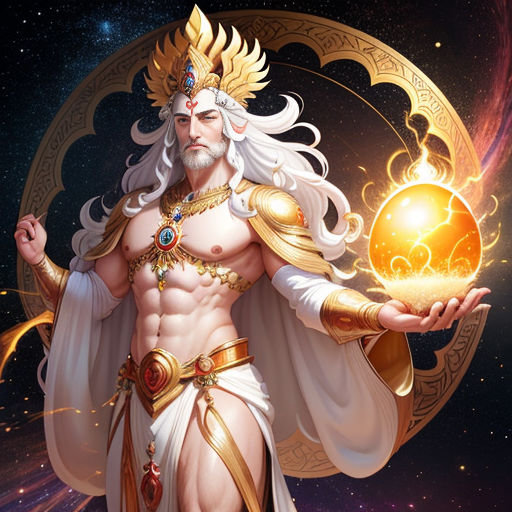
After a cosmic year, Brahma split the egg, releasing the energy that would form the universe. The two halves transformed into Heaven and Earth.
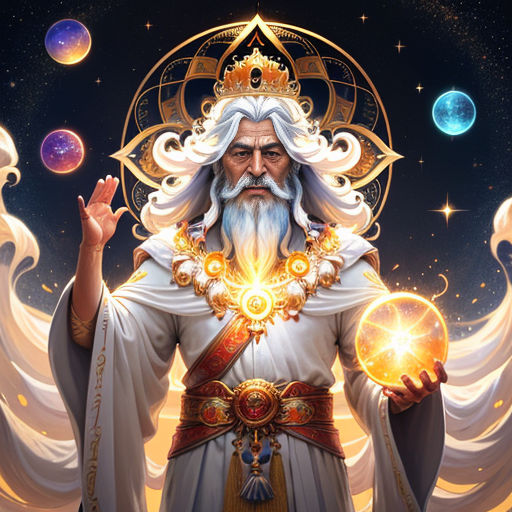
In the space between them, Brahma created the atmosphere, giving life to the air, fire, water, and wind that would rule over the Earth.
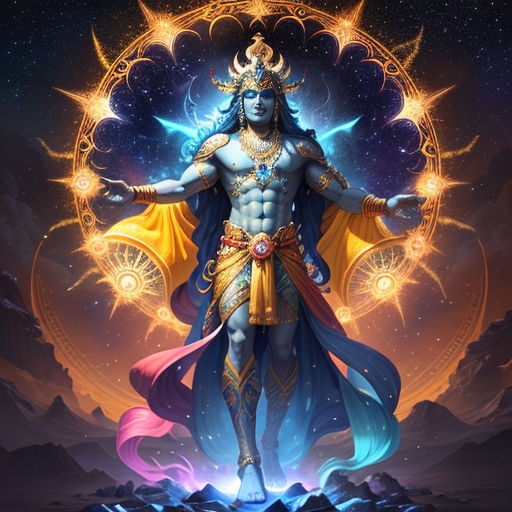
Brahma then called out to the deities, and from the void emerged Vishnu and Shiva, who together would maintain and destroy the universe when the time came.
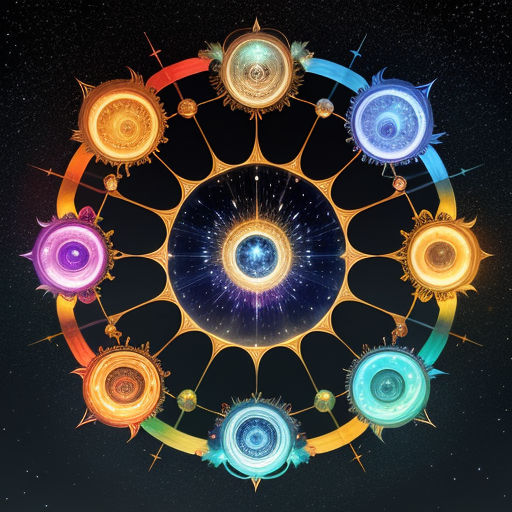
With the divine trinity of Brahma, Vishnu, and Shiva, the universe began functioning coherently, each deity performing their sacred responsibilities.
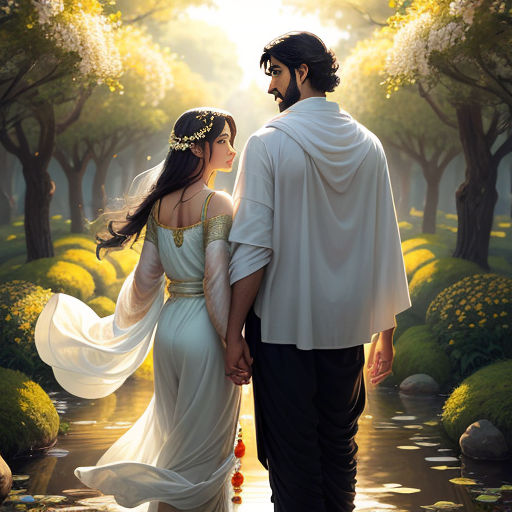
To fill the world with life, Brahma created the first man and first woman, Manu and Shatrupa, from whom all human beings are descended.
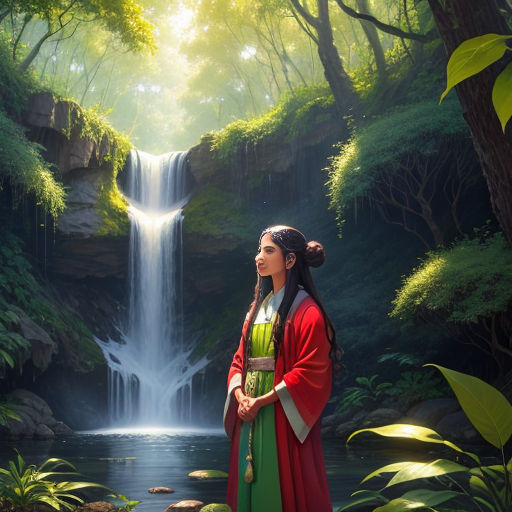
They multiplied, and thus, life, in its myriad forms, began to flourish on the Earth, filling the universe with color and vitality.
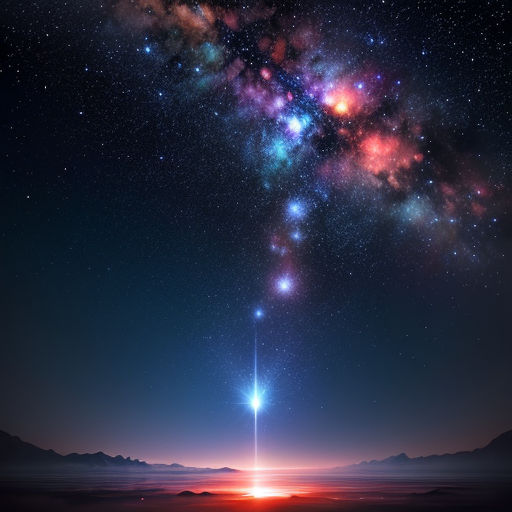
The planets and celestial bodies were then cast into the heavens, turning the once lifeless and dark sky into a mesmerizing canvas of twinkling stars.
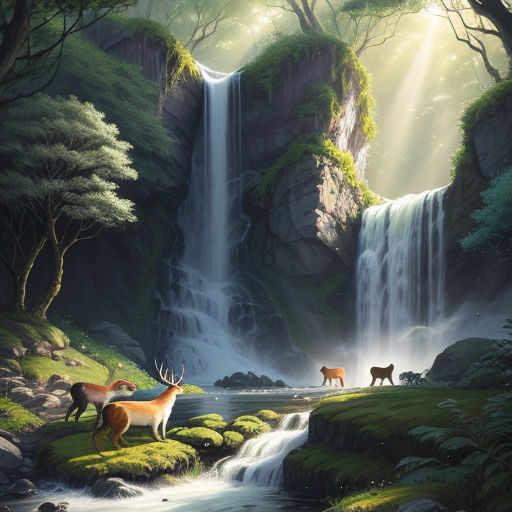
The divine drama continued. There were times of prosperity, and there were periods of devastation, yet life always persisted.
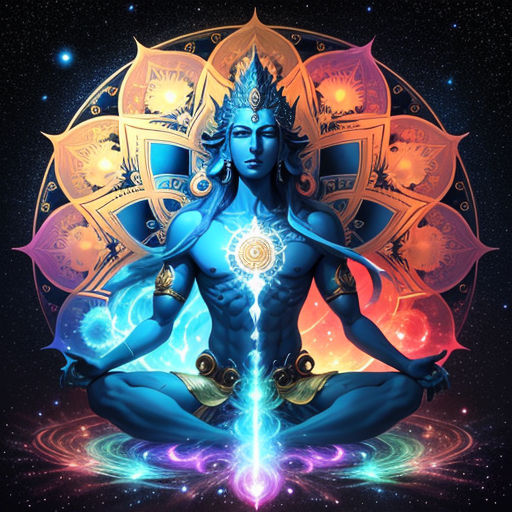
Amidst the cosmic play, Vishnu descended upon Earth in various forms, known as avatars, whenever the balance of good and evil tipped.
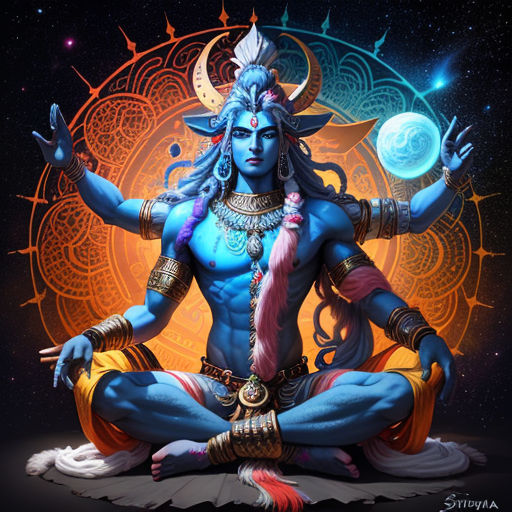
For every end, there was always a new beginning. Shiva, the destroyer, also represented rejuvenation and was responsible for the cyclic nature of creation, preservation, and destruction.
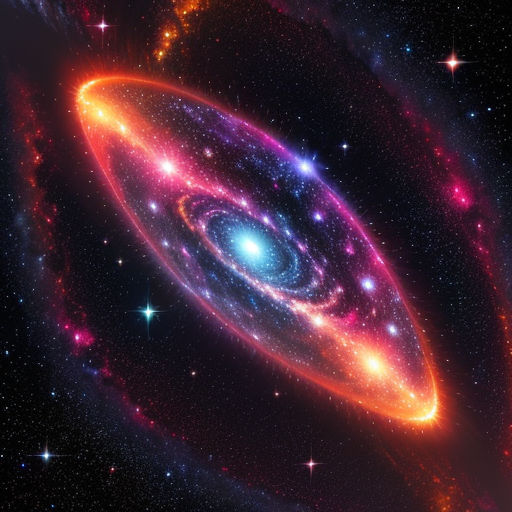
The universe, once a lonely void, was now bustling with life, joy, sorrow, creation, and destruction. And yet, the cosmic dance was far from over.
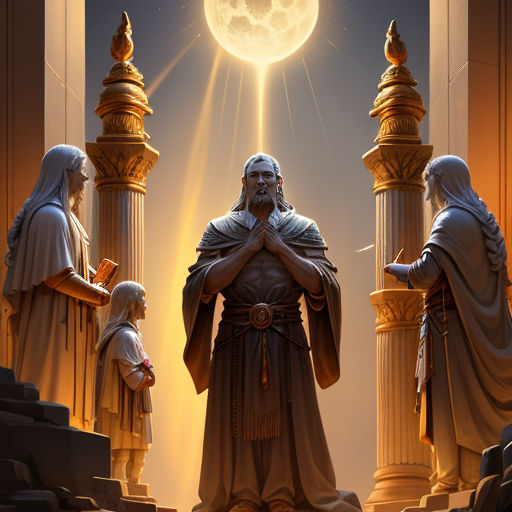
As time progressed, civilizations rose and fell. Mortals worshipped the gods, who, in turn, blessed them with wisdom and prosperity.
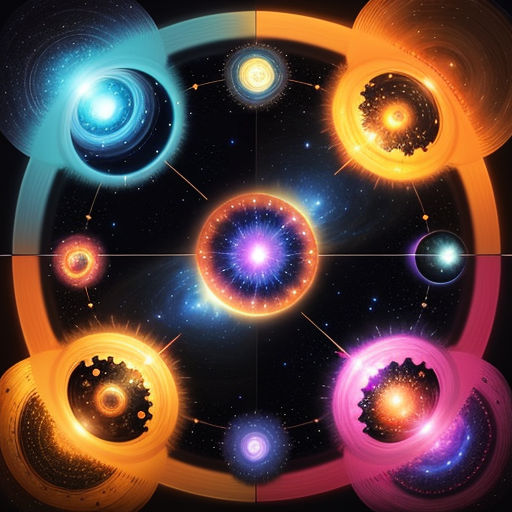
The Hindu cosmology believes that the universe goes through cycles of creation, existence, and destruction, each lasting for eons.
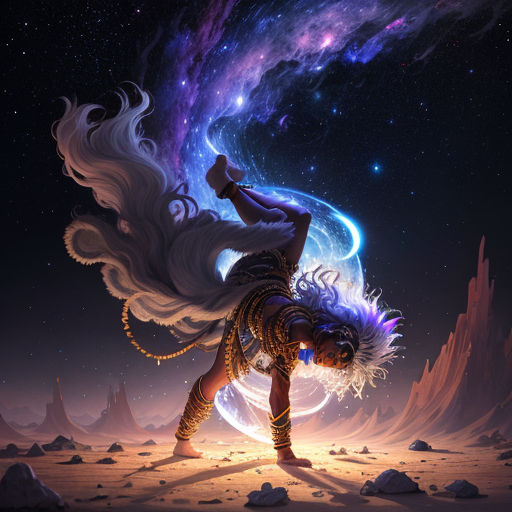
At the end of each cosmic cycle, Shiva's destructive dance signals the dissolution of everything, marking the end of one cycle.

He then falls into a deep meditation, awaiting the moment to awaken again in another cosmic cycle, thus maintaining the eternal rhythm of the cosmos.
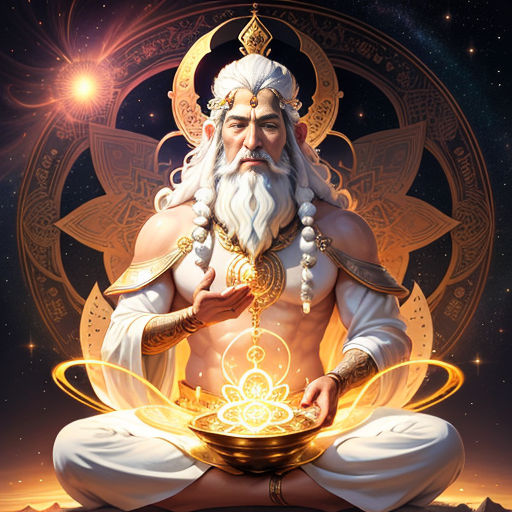
Brahma, too, rests before emerging once again to create a new universe, continuing the endless sequence of creation.
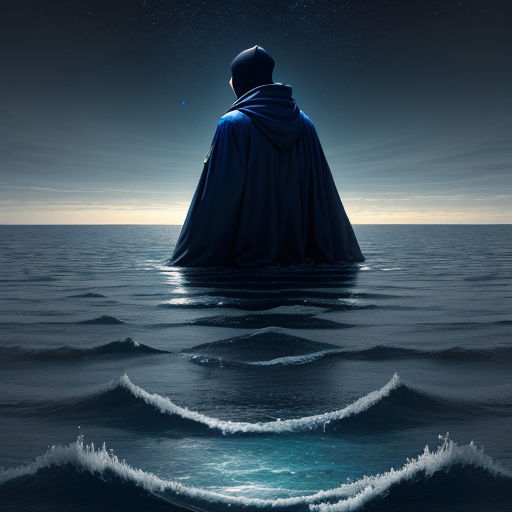
The Primeval Waters return, symbolizing the return to the initial state of darkness, marking the beginning of the next cycle.
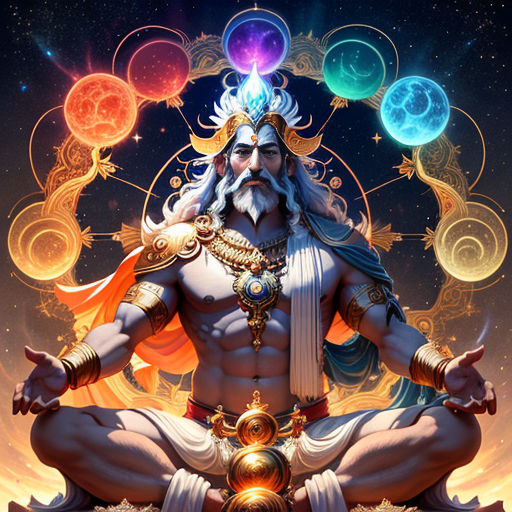
Each cycle is a day and night for Brahma, the creator. And so, billions of years pass as days and nights, in the eyes of Brahma.
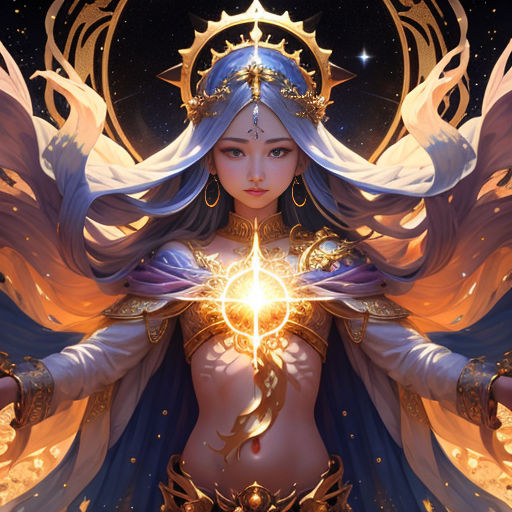
The dance of creation, preservation, and destruction continues endlessly, governed by the deities. The universe, born and reborn, bearing witness to an eternal cosmic drama.
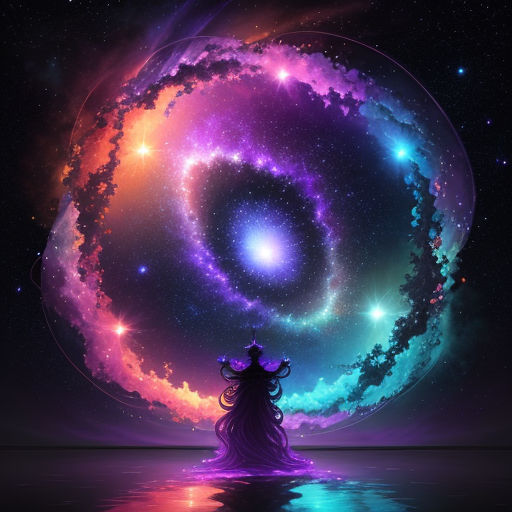
The tale of the Hindu cosmogony thus symbolizes the infinite cycle of birth, death, and rebirth, in the grand cosmic theatre.
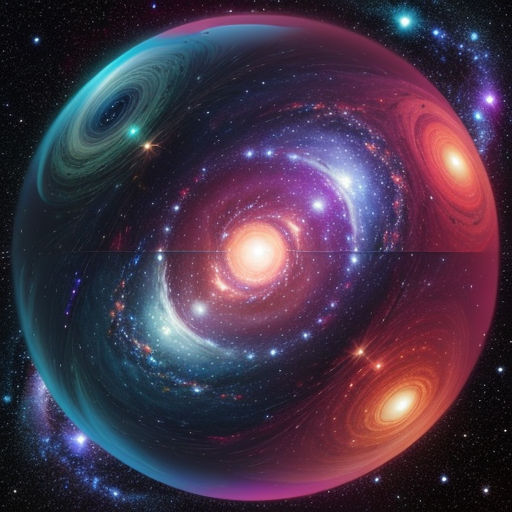
It's a story that humbles us by reminding us of our small but significant role in the grandeur of the cosmos. We're all part of this magnificent cosmic dance.
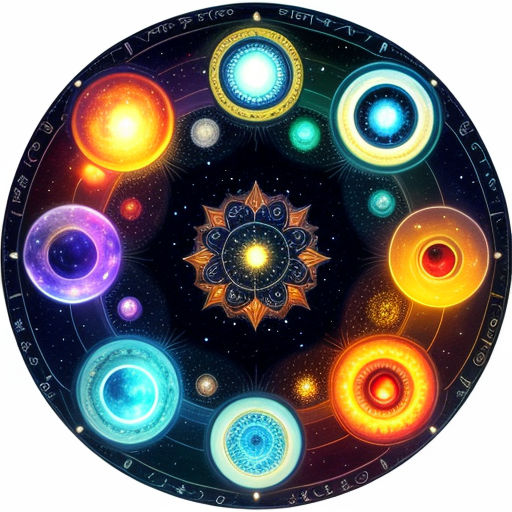
The story of the universe's creation in Hindu beliefs is not merely a tale, but a deep philosophical understanding of the cyclic nature of life and the universe.
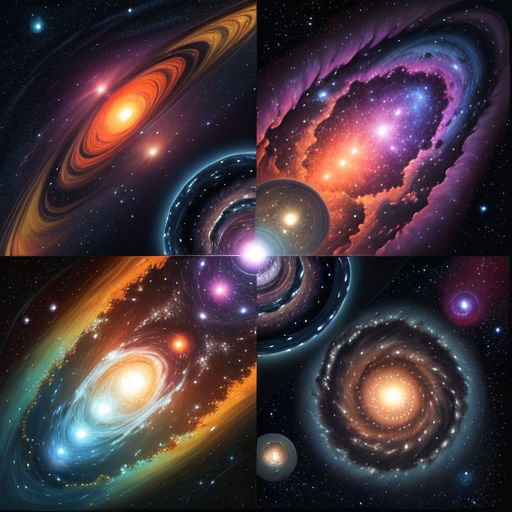
It is a cosmic journey, a celestial dance of deities, a saga of creation, preservation, and destruction. It is a reminder of the power of transformation and the continuity of life.
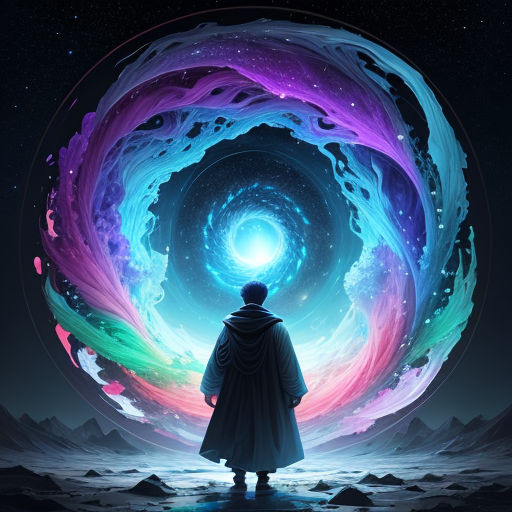
Regardless of the myriad forms that life takes, or the countless worlds that spring forth, the eternal truth remains: the universe, with all its wonders, is a cycle of creation and dissolution.

And so, the cosmic dance continues, mirroring the infinite cycles of the universe, a testament to the timeless wisdom of Hindu cosmology.
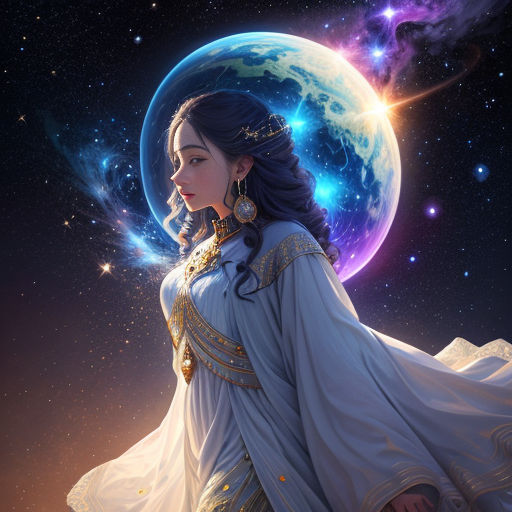
This tale of cosmic creation, preservation, and dissolution is not just the birth of the universe, it is also its eternity. A story that we are all a part of, as we continue to dance with the cosmos.
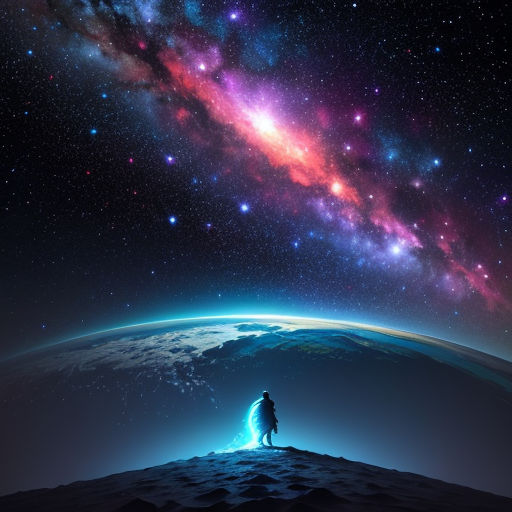
In the grand tapestry of existence, we all play a part, living out our humble lives under the gaze of the universe, contributing to the eternal cosmic rhythm.
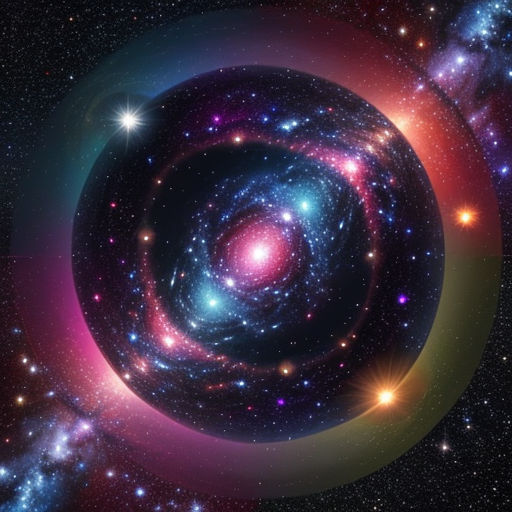
The birth of the universe is a story of cosmic proportions, a tale of divine beings, a saga that narrates the beautiful rhythm of existence. May we all play our parts wholeheartedly in this divine cosmic dance.

The endless cycles of birth, existence, and dissolution continue. As time passes, we find that we, like the universe, are eternal - always changing, yet forever the same.
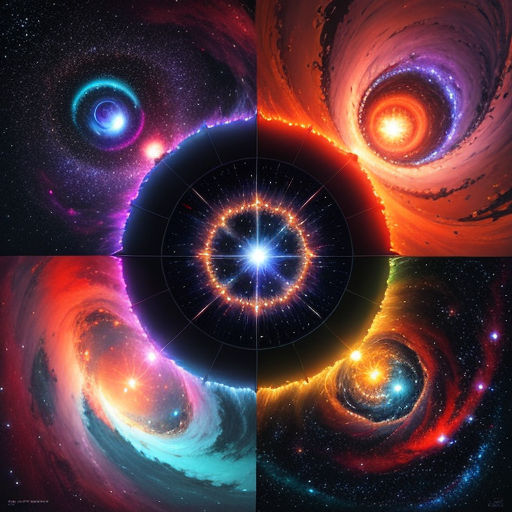
And so, the universal saga continues, one cosmic cycle at a time, reflecting the timeless wisdom of Hindu beliefs about the creation of the universe.